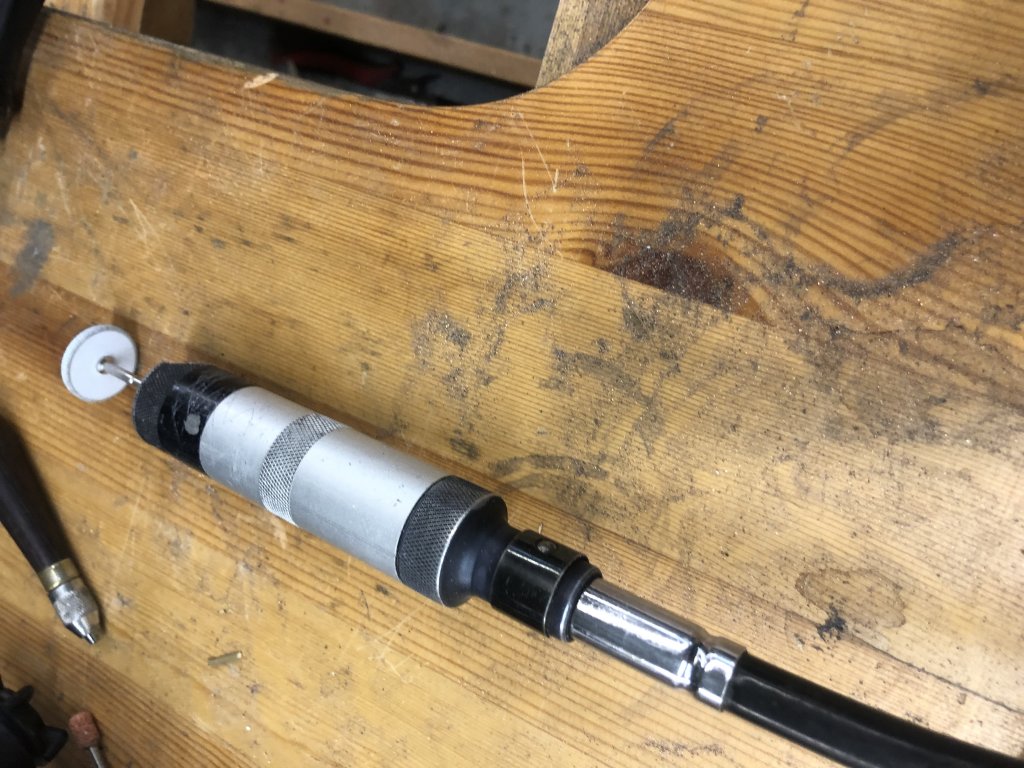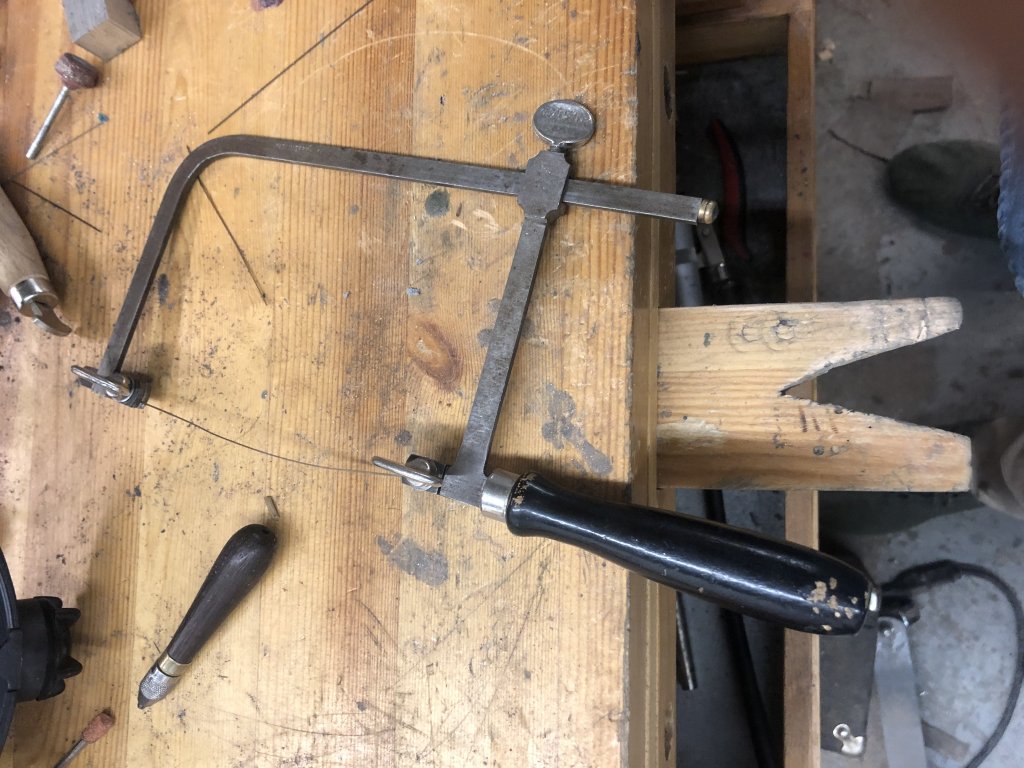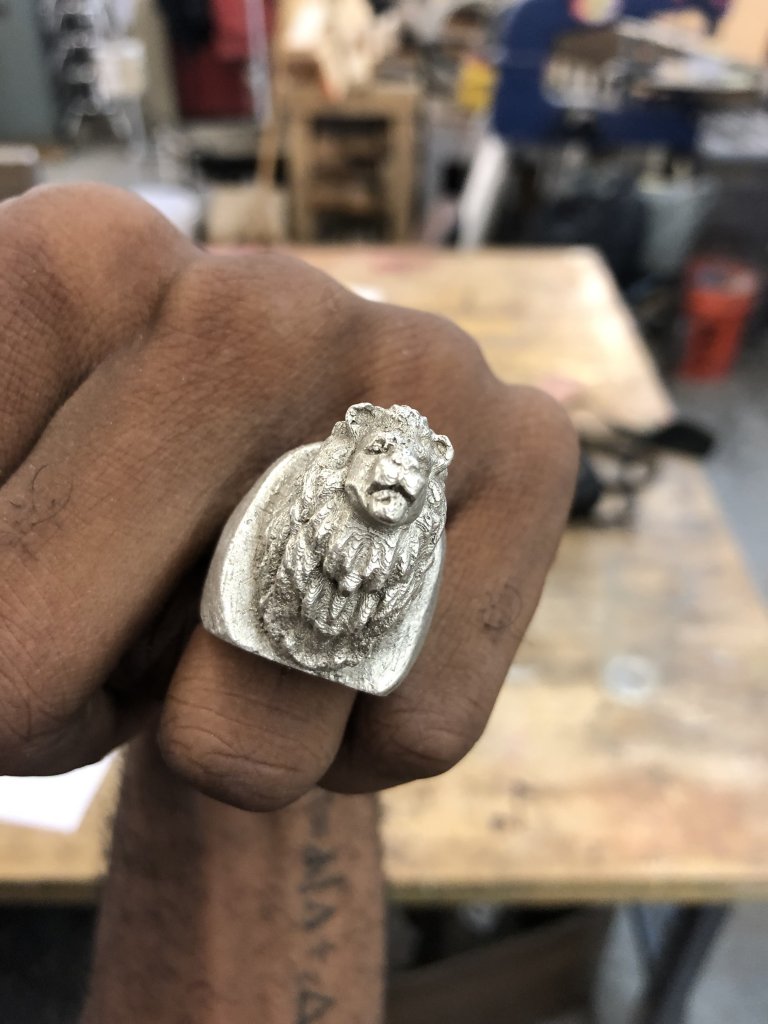This is the final installation of the wax ring project I have been working on. It has been such a great learning experience, and it has invigorated the maker within me. I highly suggest everyone to start making projects for fun. There is such a cathartic feeling attached with having an idea and bringing it to completion. It really pushes oneself to get things done. The creativity and new skill sets associated with building projects is so rewarding. Before this project I had zero skills in jewelry making and prototyping. After this project, I will not be at the level of a professional jeweler, but I have a newfound confidence to experiment and make new jewelry projects in my spare time. I also see what areas I need to improve to be a better designer. I will definitely be working and crafting my 3D design skills if I want to make very intricate designs for the future.
Before Cleaning Up
The end of this project required a good amount of clean up of our rings. Buffing, cutting, as well as sanding was necessary to complete the project. The ring was still attached to our sprue structure that was discussed in our previous articles. In order to remove this, we first needed large bolt cutters to clip the base material of the structure. This requires one to place the structure on the floor and then use force to cut the base. I had to put on a mask for facial safety in case of debris flying from the ground towards my eyes. After this has been cut, the tree like structure can then be cut further with different tools. The main tools used for this include a jeweler’s blade as well as pliers. The pliers were used to remove the stems of sprues within the structure. It takes a bit of dexterity as well as patience to make sure that the structure is properly handled.
Rotary Dentist Tool
The biggest issue from this is making sure that the cuts and blade movement are precise. A jeweler’s blade is very thin. This can lead to the blade breaking easily during a cut if one is not precise in their movement. One does not want to have chunks of material still hanging off their piece also. This will make the next step of the process way more difficult than we would want. I learned this through firsthand experience. The next step in the process was focusing on grinding the extra chunks of material within the ring. The pliers did an okay job of removing the stems within our sprue structure, but nubs of the material were still present. I then used a handy set of dentist tools to grind the inside of my rings. Before this project, I had no idea how the dentistry industry and the jewelry industry used similar tools. With the rotary grinder tool available to me, I then smoothed out the inside of the ring as best as I could. Honestly, my precision and detail were only okay. It is definitely a great start in the journey of refinement and detail. I would say that I miss out on details at times, and I believe keeping up with this hobby of jewelry will really develop my attention to detail.
Jeweler’s Blade
Once these nubs of material were ground out with the dentistry tools, I focused on finishing the product in terms of refinement. This is where sanding precision came into play. I took an 80 grit piece of sandpaper and applied it to the perimeter of the rings. This helped to bring out the true shine of silver in the designs. This part of the process was simple, but the most difficult part was to come. I had to sand done the face of the lion without degrading the actual design of the ring. This requires using the rotary dentist tool again. It took some precision, but the lion head was buffed and the silver shine of the material came through all around the ring.
Finished Product
With this done, I finally had a cool lion ring made. The overall cost of the project itself in terms of silver was $200. With a bit more refinement, I will be able to sell this product at a high price point. Some follow ups of this project would include building a mold of the ring. This would then cut down the time associated with creating this product. Thank you all for watching this project evolved, but be prepared for new projects that I have ready for the future.
Subscribe to Our Email Newsletter
Stay up-to-date on all the latest news from the 3D printing industry and receive information and offers from third party vendors.
You May Also Like
Precision at the Microscale: UK Researchers Advance Medical Devices with BMF’s 3D Printing Tech
University of Nottingham researchers are using Boston Micro Fabrication‘s (BMF) 3D printing technology to develop medical devices that improve compatibility with human tissue. Funded by a UK grant, this project...
3D Printing Webinar and Event Roundup: April 21, 2024
It’s another busy week of webinars and events, starting with Hannover Messe in Germany and continuing with Metalcasting Congress, Chinaplas, TechBlick’s Innovation Festival, and more. Stratasys continues its advanced training...
3D Printing Webinar and Event Roundup: March 17, 2024
It’s another busy week of webinars and events, including SALMED 2024 and AM Forum in Berlin. Stratasys continues its in-person training and is offering two webinars, ASTM is holding a...
3D Printed Micro Antenna is 15% Smaller and 6X Lighter
Horizon Microtechnologies has achieved success in creating a high-frequency D-Band horn antenna through micro 3D printing. However, this achievement did not rely solely on 3D printing; it involved a combination...

































